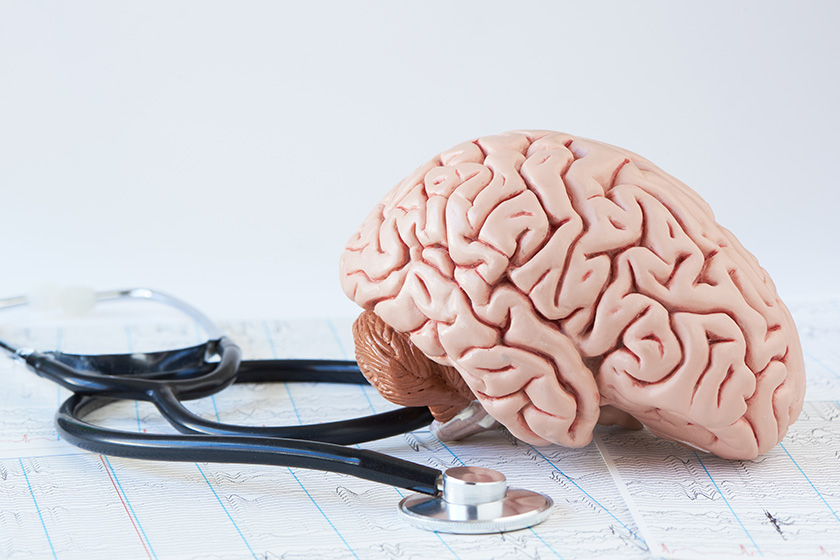When discussing cognitive decline in aging, the conversation often revolves around two major conditions: Lewy body dementia (LBD) and Alzheimer’s disease (AD). While both are progressive neurodegenerative disorders affecting millions worldwide, they differ in symptoms, progression, and treatment approaches. Understanding these distinctions is crucial for effective care and support for those impacted.
What is Lewy Body Dementia?
LBD is characterized by the accumulation of Lewy bodies—abnormal protein deposits—in brain cells, affecting cognition, movement, and behavior. It is the second most common type of progressive dementia after Alzheimer’s disease. LBD encompasses two related conditions: dementia with Lewy bodies (DLB) and Parkinson’s disease dementia (PDD), which differ primarily in the timing of dementia symptoms relative to Parkinsonism.
Key Features of LBD:
- Fluctuating cognitive symptoms with varying levels of alertness and attention
- Visual hallucinations
- Parkinsonian motor symptoms (e.g., stiffness and tremors)
- REM sleep behavior disorder, where individuals act out their dreams
Understanding Alzheimer’s Disease
Alzheimer’s is marked by the buildup of amyloid beta plaques and tau tangles in the brain, leading to cell death and brain shrinkage over time. It is the most common cause of dementia, particularly affecting those over the age of 65.
Key Features of AD:
- Gradual memory loss that disrupts daily life
- Difficulty in planning, solving problems, and completing familiar tasks
- Confusion with time or place
- Changes in mood and personality
Differences in Symptoms and Progression
While both LBD and Alzheimer’s involve cognitive decline, their early symptoms often differ. LBD’s hallmark is its fluctuating cognition and early visual hallucinations, contrasted with Alzheimer’s progressive memory loss. Additionally, motor symptoms appear earlier in LBD, akin to Parkinson’s disease, unlike in Alzheimer’s.
Diagnostic Challenges
Diagnosing LBD can be more challenging than Alzheimer’s due to its overlapping symptoms with other types of dementia and its characteristic fluctuations in cognitive abilities. Accurate diagnosis is essential for managing treatment, as some medications used in Alzheimer’s can worsen LBD symptoms.
Treatment Approaches
Treatment for LBD and Alzheimer’s focuses on symptom management, as there is currently no cure for either condition. However, the approach can vary due to the diseases’ different symptoms. For example, medications to treat Parkinsonian symptoms in LBD may not be used in Alzheimer’s care. Similarly, certain antipsychotic medications may be used cautiously in LBD due to sensitivity.
Importance of Support and Care
Both conditions require a supportive care approach that includes medical treatment, physical and cognitive therapies, and emotional support for both patients and caregivers. Understanding the specific needs and challenges of LBD and Alzheimer’s is crucial for providing the best possible care.
While Lewy body dementia and Alzheimer’s disease share similarities as neurodegenerative disorders leading to dementia, their differences in symptoms, progression, and treatment highlight the need for tailored approaches to care. By distinguishing between LBD and Alzheimer’s, caregivers and medical professionals can better support individuals facing these challenging conditions, improving quality of life and outcomes.





